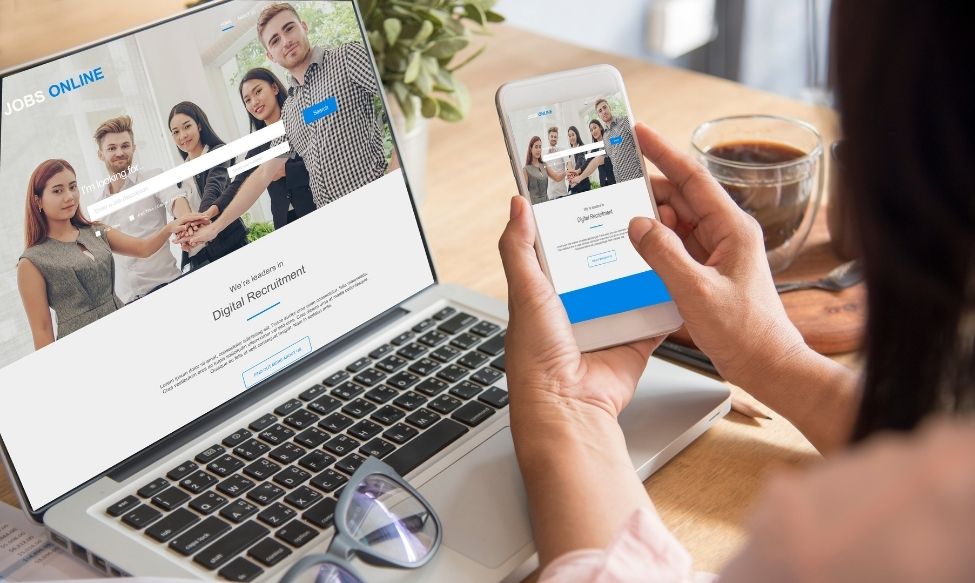Marketing Trends: AI & GenAI Become Core, Not Optional
According to Trinity College Dublin’s AI Economy in Ireland 2025 Report, AI adoption among Irish businesses has surged to 91%, with the potential to add €250 billion to the national economy by 2035.
What’s Changing:
AI is no longer experimental in Irish business – it’s increasingly part of strategic operations. According to the AI Economy in Ireland 2025 report by Trinity Centre for Digital Business & Analytics (in collaboration with Microsoft Ireland), AI adoption in Ireland has surged to 91%, nearly doubling from 49% in 2024. The report estimates AI could contribute €250 billion to Ireland’s economy by 2035. Understanding marketing trends is essential.
Another study of Irish enterprises by Trade.gov shows that 15% of businesses use AI in some form (natural language generation, decision support, workflow automation), with adoption much higher in large enterprises (≈51%) versus small ones (≈12%).
Challenges / Gaps:
- Trust & comfort with AI tools lag: only 54% of Irish adults report ever having used AI tools, vs a global average of 62%. Daily or frequent usage among 35-54-year-olds remains under 5%.
- SMEs often lack resources, expertise, or structured strategy to move from pilot projects to full integration. The Trinity report highlights that large firms are leading, while smaller ones risk falling behind.
What Marketers Should Do:
- Prioritise building AI fluency – not just for leadership, but across operations.
- Focus on strategic deployment (use cases with clear ROI) – customer service, content generation, analytics, personalization.
- Address trust issues: transparency, privacy, and educating customers on how AI is used.
As AI-driven search evolves, understanding Answer Engine Optimisation (AEO) is key for Irish businesses to stay visible in AI-powered results.

Search is Shifting – Conversational, Generative, Voice-Enabled
What’s Changing:
- Users increasingly expect more conversational search experiences (AI-powered overviews, summaries) rather than just keyword-based results.
- Voice remains relevant, especially for local queries – “near me”, “open now”, etc. But its growth is more incremental than explosive.
- Ad spend is adapting: Reuters reports that AI-driven search advertising in the U.S. is projected to grow from just over US$1 billion in 2025 to nearly US$26 billion by 2029, indicating major shifts in how search ads are being structured.
What Marketers Should Do:
- Optimize for conversational queries, featured snippets, FAQ content; use structured data / schema where appropriate.
- Incorporate voice SEO especially for local businesses (ensure listings are up to date, content readable by voice assistants).
- Monitor and test newer search formats (AI overviews, generative search results) – what shows up matters as much as positioning.
Marketing Trends: Short-Form Video & Interactive Content Dominate Discovery
What’s Changing:
- Short-form video is the dominant driver of engagement. According to recent data, about 37% of shoppers say they prefer discovering new products via short-form videos on platforms like TikTok or Instagram Reels.
- Short-form video content of 11-60 seconds has strong viewer retention; many videos in that range are watched for 40-80% of their duration, and ~30% of short videos are watched to over 80%.
- Video content continues to generate large portions of internet traffic. One estimate is that by 2025, videos will account for over 82% of all consumer internet traffic, with users spending an average of 100 minutes per day watching online videos.
- Shoppable video and livestream shopping are growing: videos are increasingly embedded into e-commerce pages to increase conversions.
What Marketers Should Do:
- Prioritise creating short, mobile-first video content; design for retention in first few seconds.
- Explore interactive / shoppable video formats – livestreams, product tags, “shop now” overlays.
- Use video to support both brand awareness and purchase funnel, product demos, unboxing, UGC (user generated content) work well.
- Ensure accessibility (captions, alt text, etc.), and test distribution channels (Reels, Shorts, TikTok, etc.).

Omnichannel & Customer Experience: Integration Matters More than Channels
What’s Changing:
- Customers expect seamless experience across touchpoints, from social to web to in-store (if relevant). Fragmented experiences erode trust and reduce repeat purchase likelihood.
- Brand authenticity is more visible than ever; consumers want consistency in message, values, and tone across channels.
- Sustainability, ethics, privacy are part of customer expectations, not extras. Regulations in the EU (like the AI Act, Digital Services Act) increase pressure on brands to behave responsibly.
What Marketers Should Do:
- Audit customer journey: map all touchpoints and ensure consistency in design, messaging, customer service.
- Invest in tools that allow integrated insights, CRM, analytics, feedback loops.
- Publicly communicate values around sustainability, ethics, privacy; ensure they are actually delivered upon.
- Use omnichannel to amplify content: repurpose video, use content created for one channel in others where appropriate, tailor not duplicate.
Regulatory & Ethical Considerations, Risk + Opportunity
What’s Changing:
- The EU is moving on several fronts: AI regulation (AI Act), data privacy laws, regulations on digital advertising and platform transparency. Brands that ignore compliance risk fines, reputation damage.
- Trust is a big concern: according to RED C, Irish consumers express concerns about misinformation, job displacement, data misuse.
What Marketers Should Do:
- Stay up to date with EU & Irish regulation: ensure AI tools, advertising disclosures, data practices are compliant.
- Be transparent with customers about how AI / algorithms are being used (especially recommendations, personalization).
- Build policies around consent, bias, data security.
- Use ethical practice as a differentiator, more consumers reward brands that behave responsibly.
Conclusion
For Irish businesses in Q4 2025, the message is clear: marketing isn’t just about doing new things, it’s about doing them well, strategically, ethically, and at scale. The fastest adopters will be those who integrate AI thoughtfully, understand new search behaviours, lean into short-form and interactive video, and put customer experience and trust at the centre.
At The Smart Group, helping our clients stay ahead means not just watching the horizon, but building the tools and thinking to deliver on what’s coming.


